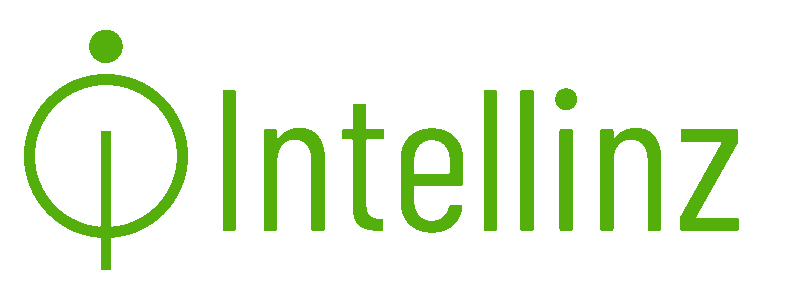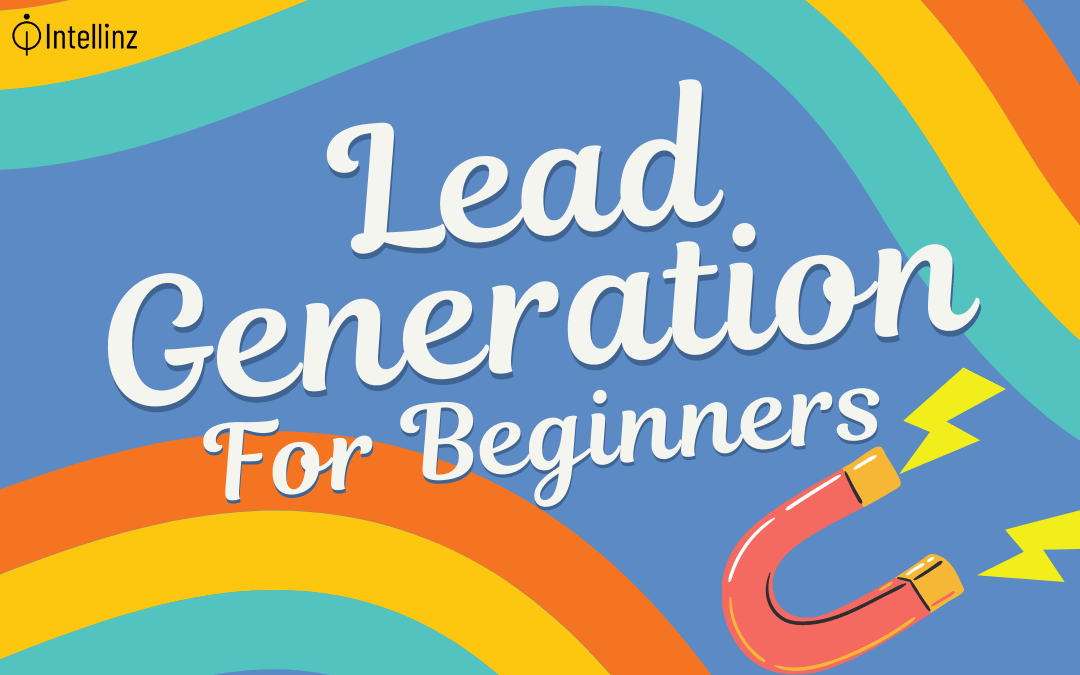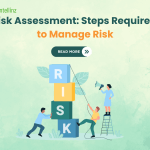Beginner’s Guide to Generating Business Leads, Attracting and converting people is a huge obstacle for anyone who’s in the marketing industry today. Digital Marketing Is very competitive in today’s modern society.
Your audience doesn’t want longer their attention to be bought, they want it to be earned. This means lead generation strategies need to be tested time and time across various industries to better meet the needs of your target audience.
Well, the first step is creating content then you’ll need to be able to use that content to convert your audience into leads. Of course, It’s easier said than done…
1.What’s Lead Generation?
Lead generation is the process of attracting and converting people and prospects into someone who has indicated an interest in your company’s product or service. Some examples of lead generators are job applications, coupons, and online content.
What is a lead? A lead is a person who has indicated an interest in your company’s product or service. That could be them liking your Facebook page, following your Instagram page, OR even visiting your website! This means that instead of randomly cold calling from someone who purchased your contact information, you, the consumer, would hear from a business or organization with which you’ve already opened communication
For example, you took an online survey learning how to knit. If you got an email from the knitting company that hosted the survey on their website about how they could help you progress faster, it’d be far less intrusive and irrelevant than if they’d just called you out of the blue with no knowledge of whether you even care about knitting.
So really, lead generation is a win-win situation. It benefits the customer and the marketer.
2. Why do you need lead generation?

By showing an organic interest in you or your business, they are starting the relationship (instead of you starting the relationship with a cold call randomly), making it easier and more natural for them to want to buy from you somewhere down the line.
3. Lead Qualification
As you now know, a lead is a person who has indicated an interest in your company’s product or service. Now let’s talk about how someone can show that interest.
There are just a few of the many ways in which you could qualify someone as a lead. Each of these examples also highlights the fact that the amount of information you can collect to qualify someone as a lead, as well as that person’s level of interest in your company, can vary. Coupon: You probably know very little about someone who has stumbled upon one of your online coupons. If they find the coupon valuable, they would provide their name and email address in exchange for it. Although it’s not a lot of information, it’s enough for you to know that someone has an interest in your product/ service
Content: Entering your info for a coupon shows that a person has a direct interest in your product or service, content (like an educational ebook or webinar) does not. Therefore, to truly understand the person’s interest in your business, you’ll need to collect more information — you’ll need enough information for a sales rep to understand whether the person is interested in your product or service and whether they’re a good fit.
4. Now you know the technicalities of Lead Generation
Let’s take a look at the four components of the lead generation process.
1. Call To Action(CTA)
A CTA is an image, button, or message that calls visitors to take some sort of action. whether that’s your website, blog, or social media page, you’ll need to use a CTA here to promote your campaign. When it comes to lead generation, this action is to bring visitors to your landing page. 2. Landing page A landing page is a web page a visitor lands on for a distinct purpose. While a landing page can be used for various reasons, one of its most frequent uses is to capture leads through a form. Your landing page will explain what the content is, why it’s valuable, and how your visitor can receive it.
3. Forms
Forms are hosted on landing pages. They consist of several questions to collect information in exchange for an offer. Depending on what type of information you need, you can change the form questions to suit your business
4. An Offer
An offer is a piece of content or something of value that’s being offered on the landing page. The offer must have enough value to a visitor to merit providing their personal information in exchange for it.
5. Places to promote your offers
Now that you understand how lead generation works, you must be thinking, where can I promote my landing pages and CTAs to gather leads?
Here are 3 places you can try out.
1. On Website Pages
Firstly, you should link to your landing pages on various pages of your website through your CTA. Try to align the offer you link to with the goals of that page. For example, a visitor to your website’s product pages might indicate someone who is further along in the sales cycle and closer to buying, so place CTAs like free trials, product demos, or free consultations that speak to the interests of a visitor who is closer to a purchasing decision.
2. On your blog
Just about every blog post you publish should have an opportunity to include a CTA. Try to align the content of the offer with the content of the blog post as best as you can to increase click-throughs.
3.On Social Media Sharing links to your offers’ landing pages is one of the ways you can use social media for lead generation.
Use the space that the network allows to describe the value that fans and followers will get out of the offer.
6. Conclusion
Let me stress this, your marketing should add value to your customers
Create valuable content that people love, opening the pathway for communication for the next step of the process.






